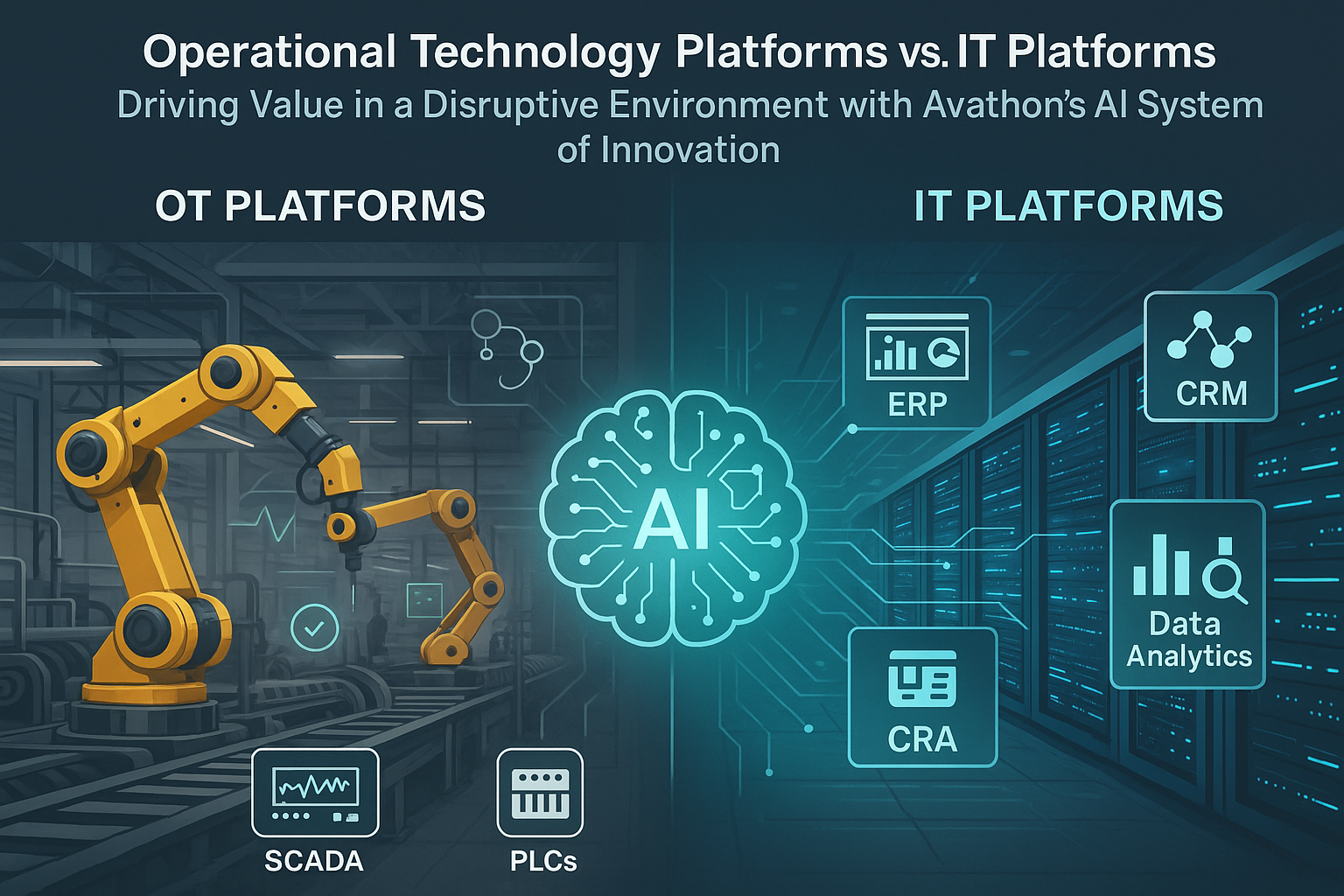“In today’s rapidly evolving defense manufacturing and operations landscape, maintaining an agile and resilient supply chain is more important than ever. Leveraging cutting-edge artificial intelligence (AI) and machine learning (ML) technology, our team empowers the DoD and Defense Primes to mitigate disruptions by proactively identifying risks and optimizing logistics and supply chain operations.”
This sentiment, expressed by Avathon Government President and General Manager Art Sellers, succinctly describes the challenges faced by modern warfighters and the processes that keep them supplied with weapons, ammunition, and support systems. Defense supply chain optimization is critical.
In a recent podcast—-How the Air Force is Using AI to Fix Supply Chain Challenges—-Sellers went on to observe that:
“Supply chain issues, like long lead times and information gaps, are undermining our military’s ability to be mission ready. With Avathon’s AI-enabled solutions, actionable insights are generated that help the military quickly identify and fix supply chain vulnerabilities and strengthen our national security posture.”
Supply chain challenges impact military readiness
The scale of effectively managing the military supply chain is immense and growing with every day that passes and every new weapon system developed and fielded. This is particularly true given the extremely long lifetimes enjoyed by most military systems. The B-52, for example, first entered service in 1955 yet, 70 years later, remains an active and still-evolving element of our frontline strategic bomber fleet. In addition to the time dimension of the logistics challenge, there is also the scale dimension. The F-15 (an almost-50-year-old platform) alone requires tracking and management of more than 250,000 unique parts.That number across the entire DoD asset base is, of course, in the several millions.
According to a 2021 Government Accountability Office (GAO) report, the DoD’s inability to rapidly source parts has resulted in average delays of 34% across major defense programs, hindering mission readiness. Further, the DoD determined that 7% of their critical suppliers are sole-source, increasing the risk of failure and supply chain disruptions
Between 2016-2022, the DoD’s Defense Logistics Agency (DLA) experienced a decline of 3,000 suppliers, about 22 percent of its total, resulting in supply delays and higher prices. Key factors driving this decline included clarity and understanding between different elements of the supply chain concerning lead times, parts availability, pricing, quality, and more. In March 2024, the United States Air Force began addressing these supply chain challenges by expanding its partnership with Avathon Government under a contract awarded by the Ohio Aerospace Institute through its Digital, Research, Innovation and Experimentation (D.R.I.V.E.) Consortium. This contract, in collaboration with Boeing, expands Avathon’s partnership with the USAF to deploy AI-powered solutions that improve supply chain performance.
“We’ve been tasked to look for supply chain weaknesses, ways to increase readiness, and ways to anticipate, and then deal with, surges in demand and all the wholesale changes in the supply chain,” Sellers said. “This partnership will strengthen the USAF’s supply chain health and create mitigation strategies for addressing operational risks”.
“Whether it’s parts, supplies, or logistics, the risks involved with delivering across all domains and shipping methods are tremendous. That’s where our cutting-edge technology really helps with demand—using AI to forecast need for parts and materials, allowing the DoD to optimize inventory levels and reduce lead times. AI can anticipate delays in the supply chain and then identify the information decision makers need to mitigate or even eliminate those delays.”
Applying industrial AI to contested logistics
The future fight is one in which our ability to operate effectively in an environment with threats emanating from all domains and across our supply chain is essential. This requires that advanced analytics and AI be employed to optimize logistics planning and decision-making.
Avathon’s supply chain management solution has matured across numerous commercial applications in diverse sectors. These capabilities, developed with the unique data sets and needs of the military in mind, create the force multiplier required to enable supply chain dominance in future conflicts. Throughout the logistics value chain, introducing and applying AI technologies will be critical to enabling warfighters to make optimal decisions and keep supply chains flowing.
By using real-time data analysis and prediction capabilities, our technology identifies and plans for potential enemy threats to logistics and supply networks. The benefits of this approach include improved supply chain demand planning and forecasting along with course of action analysis on the logistics side.
Avathon’s AI-driven supply chain solutions not only enhance decision-making but also improve inventory management and strengthen the overall integrity of defense supply chains, even in the most contested environments.
Learn more about Avathon’s supply chain solutions for national defense.




